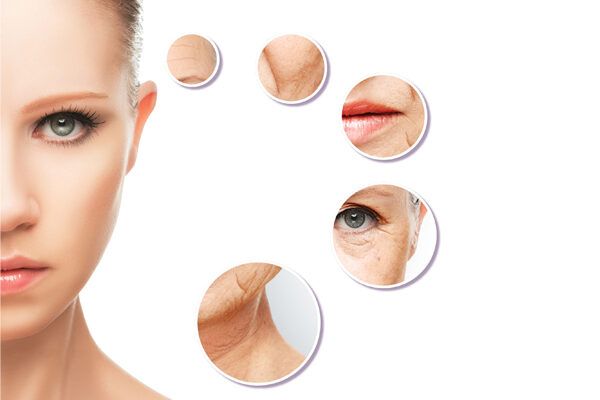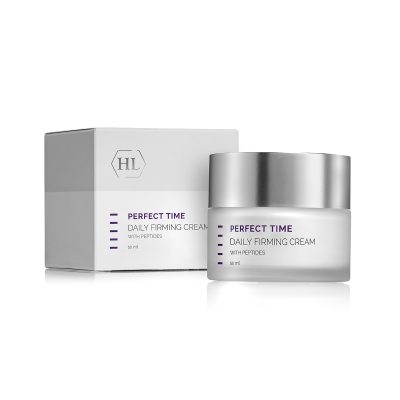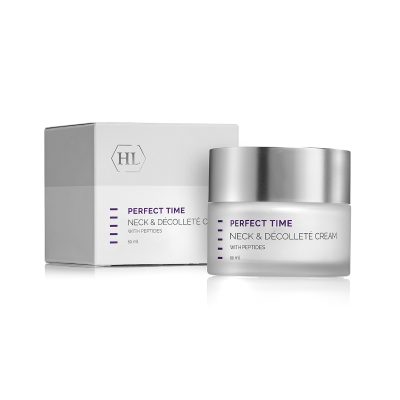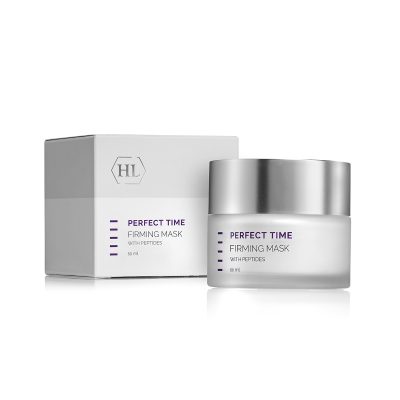What causes wrinkles?
There is a saying according to which our wrinkles reflect our life story. The problem is that in many cases, this story is inaccurate. Why do some people get wrinkles at a young age, whereas the skin of others looks smooth and younger than their age? What are the mechanisms involved in the appearance of wrinkles? These questions have kept scientists in the field of anti-aging occupied for many years. Studies point to a variety of mechanisms; some are related to the skin’s natural aging and at the same time, there are also various environmental damages that are related to air pollution, smoking, nutrition and predominantly to the exposure to the rays of the sun. These mechanisms lead to the appearance of wrinkles by influencing all of the skin structures — starting with the facial bones, through the muscles that support the skin and ending with the skin itself and all of its layers.
THE CAUSES HORMONAL PROCESSES
The appearance of wrinkles on the skin is to some extent the result of hormonal and biochemical processes related to the age. For women, these processes become especially significant during menopause, when the ovaries gradually stop to produce the female sex hormones— estrogen and progesterone. A rapid decline in the levels of these hormones leads to a decrease in the secretion of the sebum and the amounts of the subdermal fat, to a reduction of the water-preservation ability of the skin, and to a decline in the rate of the production and changeover of the skin cells, including, among others, the fibroblastic cells in the dermis. As a result, the production of the collagen and the elastin also decreases, and simultaneously, the collagen fibers become denser, most probably due to the diminishing amount of the intercellular material that protects them. Moreover, with the aging process, the fibroblastic cells produce an increased amount of enzymes, which damage the collagen and the elastin. In a young and healthy skin, these enzymes are supervised by the skin’s control mechanisms, but as the years pass, the effectiveness of these mechanisms declines, which causes an increased activity of destruction.

-

Perfect Time Daily Firming Cream 50ml
75,77 € Add to cart -

PERFECT TIME FIRMING & LIFTING KIT (NEW)ADVANCED SERUM, DAILY FIRMING CREAM, DEEP ACTING NIGHT CREAM
198,58 € Read more -
Sale!

PERFECT TIME NECK & DECOLLETE CREAM 50ml
77,11 €Original price was: 77,11 €.57,83 €Current price is: 57,83 €. Add to cart -

PERFECT TIME FIRMING MASK 50ml
67,88 € Add to cart
THE DISINTEGRATION OF THE DERMAL-EPIDERMAL JUNCTION
Another mechanism that is responsible for the appearance of wrinkles is related to the disintegration of the dermal-epidermal junction (DEJ). This layer, which connects the dermis and the epidermis, creates a sort of net that traps collagen fibers from the upper part of the dermis within it, and on the epidermis side, affixes the keratinocytes (the dominant cells of this layer). In this manner, it ensures the adherence and cohesion between the epidermis and the dermis, and provides a mechanic support for the epidermis. The wavy shape of DEJ guarantees an enlarged surface for the metabolism between the layers and the strengthening of their cohesion, but with time, is becomes flatter, and as a result, the epidermis loses the support and becomes more flaccid. The connection between the dermis and the epidermis also loosens, and thus the epidermis receives less nutrition and oxygen, becomes thinner, and its regeneration significantly decreases.
A DECREASE IN THE AMOUNTS OF HYALURONIC ACID
Hyaluronic acid fulfills a central role in the prevention of wrinkles and the normal function of the skin. Its molecules, which are found on the surface of the skin cells, bind with water, and in this manner provide the skin with moisture and grant features of volume, softness, and elasticity that are important for the prevention of wrinkles. In addition, it has been found that the hyaluronic acid fulfills a key role in the communication between the cells, as it acts as a mediator that transfers to the cells the message to produce collagen and other components important for the skin. But with time, the production of the hyaluronic acid in the skin declines and its function is disrupted. As a result, the skin’s ability to preserve moisture decreases and the elasticity of the skin is impaired. At the same time, the transmission of communication between the skin cells is damaged. This damage leads to an additional decrease in the production of collagen, accelerates the skins aging and sagging process, as well as the appearance of wrinkles.
LOSS OF FACIAL BONE MASS
The hormonal and biochemical processes that take place with the age do not just have a direct influence on the appearance of wrinkles, but also impact it indirectly, through the effect they have on the facial bones. Whereas in the past it was customary to think that gravity is one of the central causes that contribute to the appearance of wrinkles typical for aging, studies from recent years show that a much more significant cause is the loss of facial bone mass, when with aging, these bones lose volume and retreat. The decline of the bones mainly occurs in the center of the face, in the bones under the eyes and around the nose, and it is more common in women than in men.
UV RADIATION DAMAGE
Beyond the natural processes that take place with the age, the most significant cause for the appearance of wrinkles is the exposure to the radiation of the sun throughout life. The free radicals are responsible for the damages caused to the skin cells. These unstable and destructive molecules are naturally produced in our bodies all the time, however, various factors such as stress, air pollution, smoking and radiation (including the sun’s ultra-violet radiation) increase their production. When the free radicals multiply, they become destructive, as their oxidation reaction causes changes and a prolonged damage to all the layers of the skin, starting with the epidermis and ending with the dermis. One of the explicit expressions of this damage is the early appearance of wrinkles and fine lines.
FACIAL EXPRESSION
The repeated contractions of the skin as a result of the movement of the facial expressions we make are added to these internal and external processes. With time, these cumulative contractions, which cause the repetitive operation of the sub-dermal muscles, cause the appearance of wrinkles and fine lines that are called expression lines. The typical places for the appearance of these wrinkles are between the eyebrows, the forehead, the sides of the eyes and the sides of the mouth.